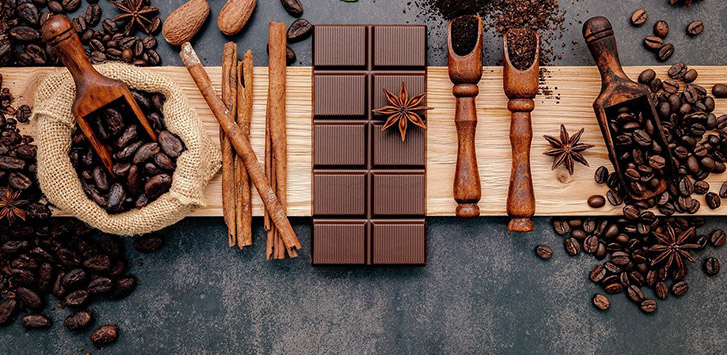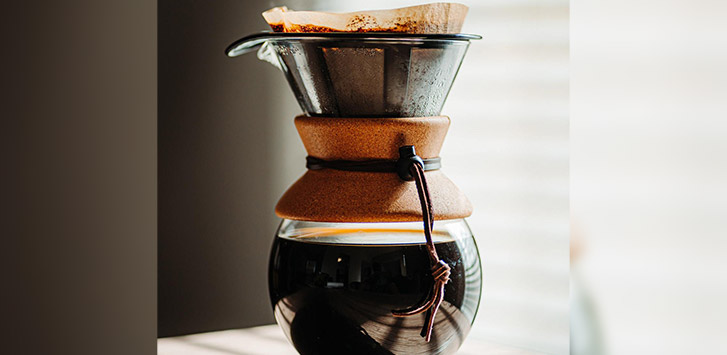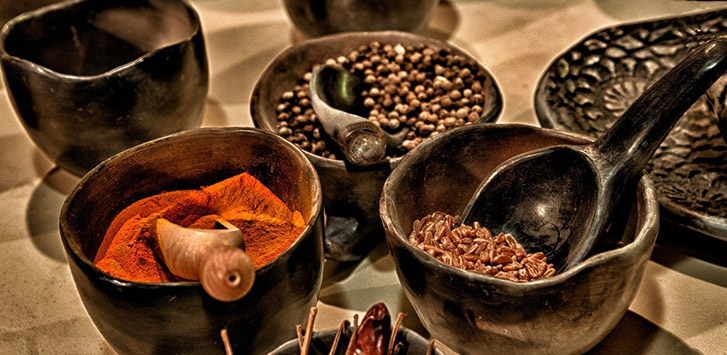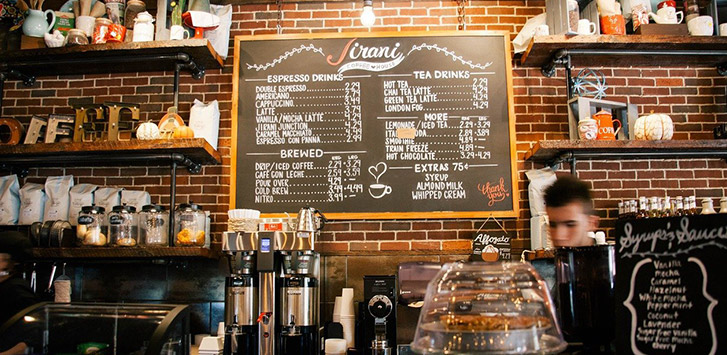
Coffee connoisseurs know that every coffee bean brings its own unique flavor profile to the table. From fruity flavors like watermelon and blueberry to rich, comforting flavors such as chocolate and caramel, there are options for every palate. However, sometimes we crave specific flavor profiles that are not present in our available go-to beans.
You don’t need to invest in expensive equipment in order to infuse new flavors into your beans. With a bit of creativity you can achieve delightful, high-end infused flavor results within your own kitchen.
What Does Infusing Coffee Beans Do?
At its core, infusing coffee beans is the process of adding new flavors that are not naturally present in the beans. This can elevate the beans natural flavors by adding a new complementary flavor that enhances the final overall profile.
There may be some confusion to the difference between infusing coffee and infusion brewing. Infusing coffee is adding flavors to the beans themselves, while infusion brewing is a brewing process where water infuses ground coffee with its traditional flavor.
Different Methods of Infusing Coffee Beans

The infusion process can look radically different depending on the flavors you are adding and the equipment available to you. Here are some common ways to infuse coffee beans at different stages of roasting:
Before Roasting:
Most infusion techniques used before roasting involve soaking unroasted beans in flavor additives such as spices or cinnamon sticks. Or similarly, you can ferment your beans prior to roasting. Finally, advanced techniques such as carbon maceration, the same process used in winemaking, can be used for bean fermentation. However, if you have never fermented anything before, this learning curve may be steep.
After Roasting:
Once your coffee beans have been roasted, one of the most popular methods of infusing flavors is soaking the beans in flavored oils or other liquids. This allows the freshly roasted beans to absorb these flavors.
Another simple way to add flavor after roasting is steeping freshly brewed coffee alongside a flavor additive like butter, spices or eggs.
How Do You Flavor Coffee Beans?

If you are wondering how to infuse coffee beans, the process is simpler than it may seem. There are a few rules and guidelines that help make the process go smoothly:
- The 3% Rule: To maintain a balanced flavor, follow the 3% rule, where you use no more than 3% of your chosen flavor additive relative to the weight of your coffee beans. For example, if you have 1lb of unroasted coffee beans (or 16oz), you would want to add 0.48oz of the flavor additive you are using.
- Choose Complimentary Flavor Profiles: While there is no limit or strict rules on the flavors you can add to your coffee, there are popular options:
- Spices: Cinnamon, nutmeg, cardamom and clove are common coffee additives. Spices are versatile, able to be added at a variety of roasting stages, from soaking alongside the beans, roasting with them, or being added after brewing.
- Oils: For an easy option after roasting, consider adding popular flavoring oils such as mint, mocha, hazelnut, or vanilla. When your beans are freshly roasted, add the oil to the beans so it can absorb into the beans and add its flavor during the brewing process.
- Alcohol: For those who like the flavor of alcohol, soaking coffee beans in liquors such as whiskey, bourbon or tequila is common practice. Even the wine-lovers can join the fun by pairing red wines like merlot with your coffee beans. This process is a double win, as not only are your coffee beans getting infused with boozy goodness of your favorite liquor, but in turn your favorite liquor is being infused with the flavor of your favorite coffee bean.
- Syrups: Similarly to oils, flavored syrups can be used to flavor coffee beans. Syrups are more commonly used in larger, more commercial roastery environments. However, even home roasters utilize syrups to elevate their experience.
The Coffee Industry's Take on Infused Beans
While infusing and flavoring coffee beans is not a new practice by any stretch of the imagination, it is not without controversy in the coffee industry.
Critics of the practice argue that adding new flavors to coffee beans negatively affects and skews the coffee cupping experience. The argument is that the natural flavors are altered and presents an inaccurate profile of the bean. This criticism is particularly relevant in the context of competitive coffee tastings and grading, where these additional flavors are seen as an unfair advantage.
Additionally, because coffee trading, growing and producing has concerns with lack of transparency, there is an argument that infusing coffee further muddies the water of coffee origins.
Global Flavored Coffee Traditions
Flavored coffee is not revolutionary or a new trend in the industry. Flavored coffee has existed around the world throughout history.
For example, in Senegal, coffee is often spiced with cloves and Guinea pepper, which adds a bold, aromatic kick. In Morocco, you can find Moroccans sipping their coffee with tons of spices ranging from cinnamon, cardamom, nutmeg and clove.
In many Arab countries, you will find coffee infused with saffron, ginger, cinnamon and cardamom to create an exotic flavored drink called qahwa. In Yemen specifically, they include a spice blend called hawaij which uses similar spices.
Malaysians roast their coffee in palm oil to help impart additional flavors. In Mexico, there is a coffee drink brewed in the mountainous regions with cinnamon sticks called cafe de olla.
Conclusion
Infusing and flavoring coffee beans is not just for professional roasteries, it is a fun and easy way to experiment and discover new flavor experiences at home. This process does not need to be a highly technical process, it can be as simple as adding some spices to your morning cup. Whether you prefer the warm, spicy kick of cinnamon, the boldness of whisky, or a fruit-forward morning brew, infusing your coffee beans is a great way to personalize your brew.